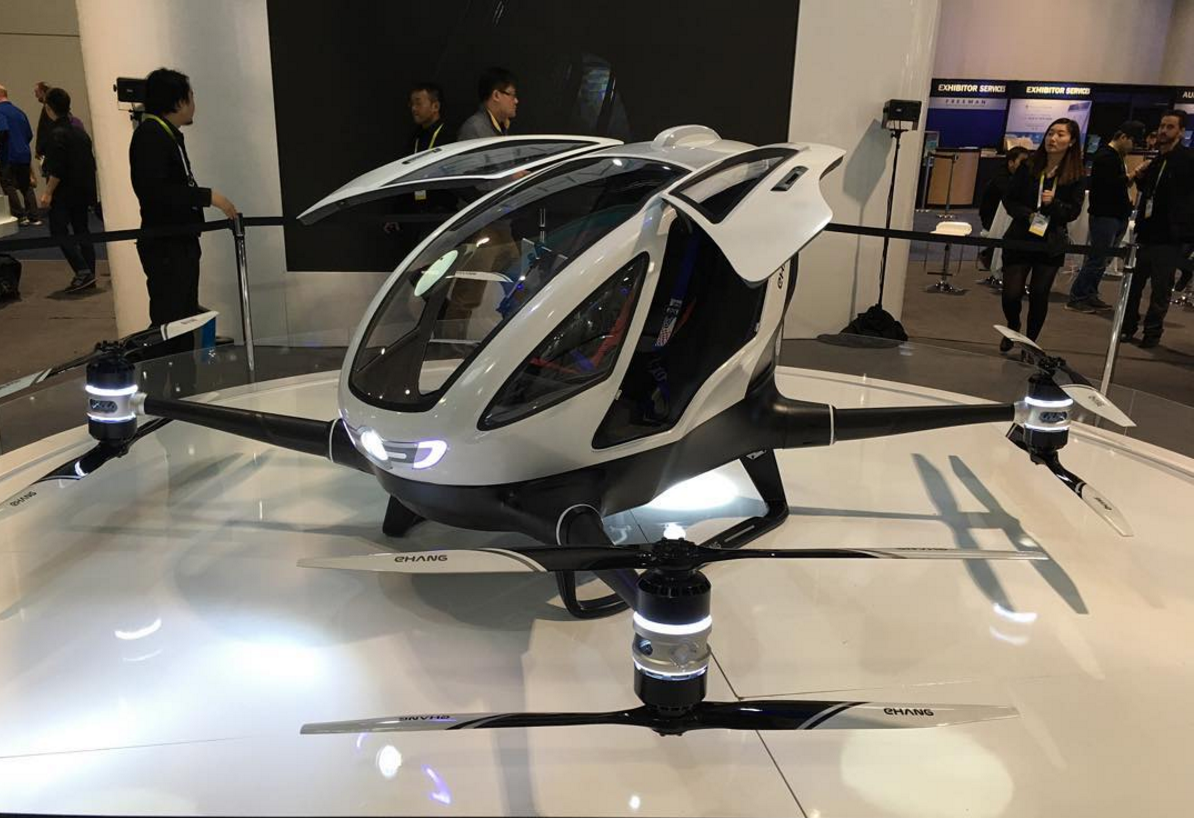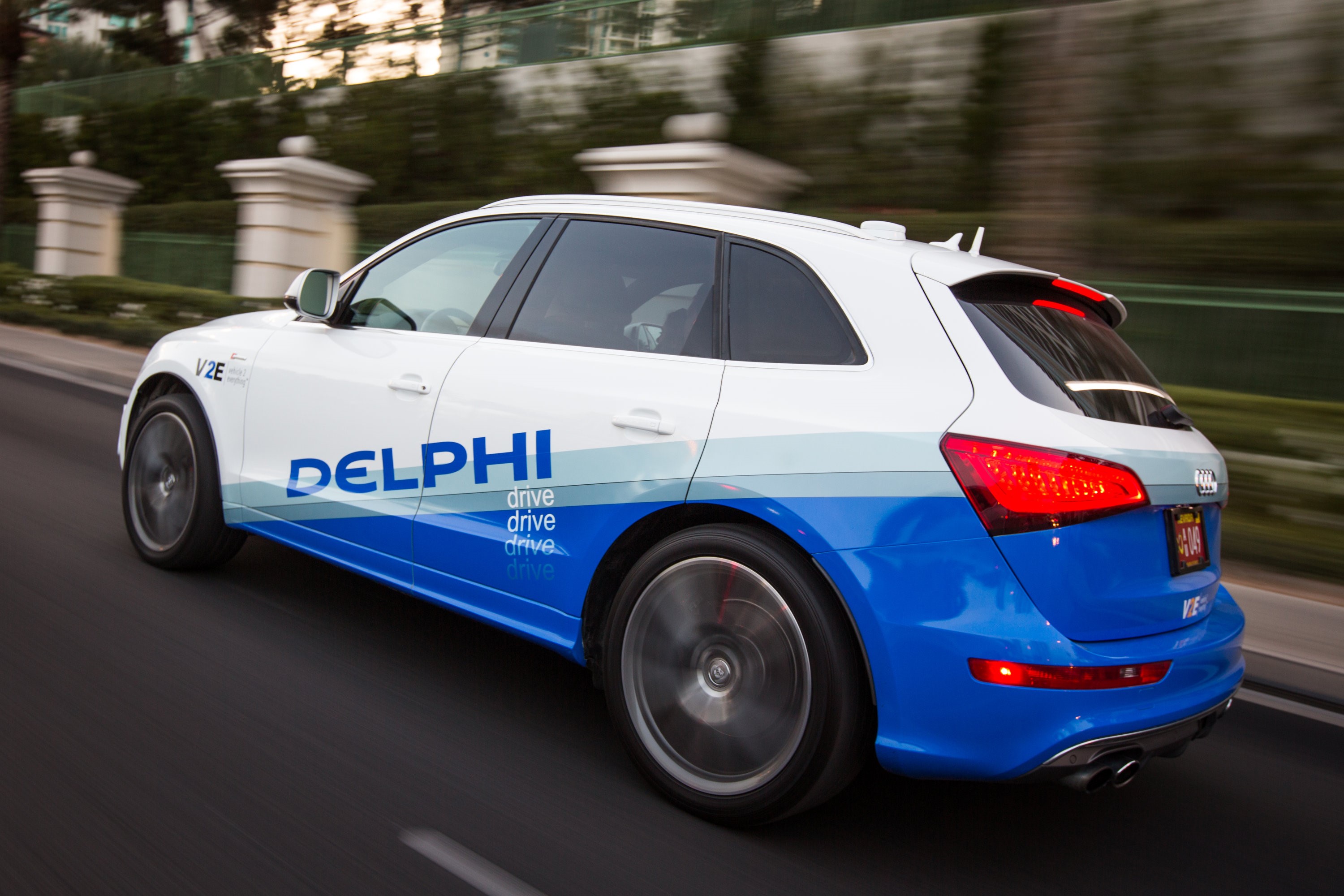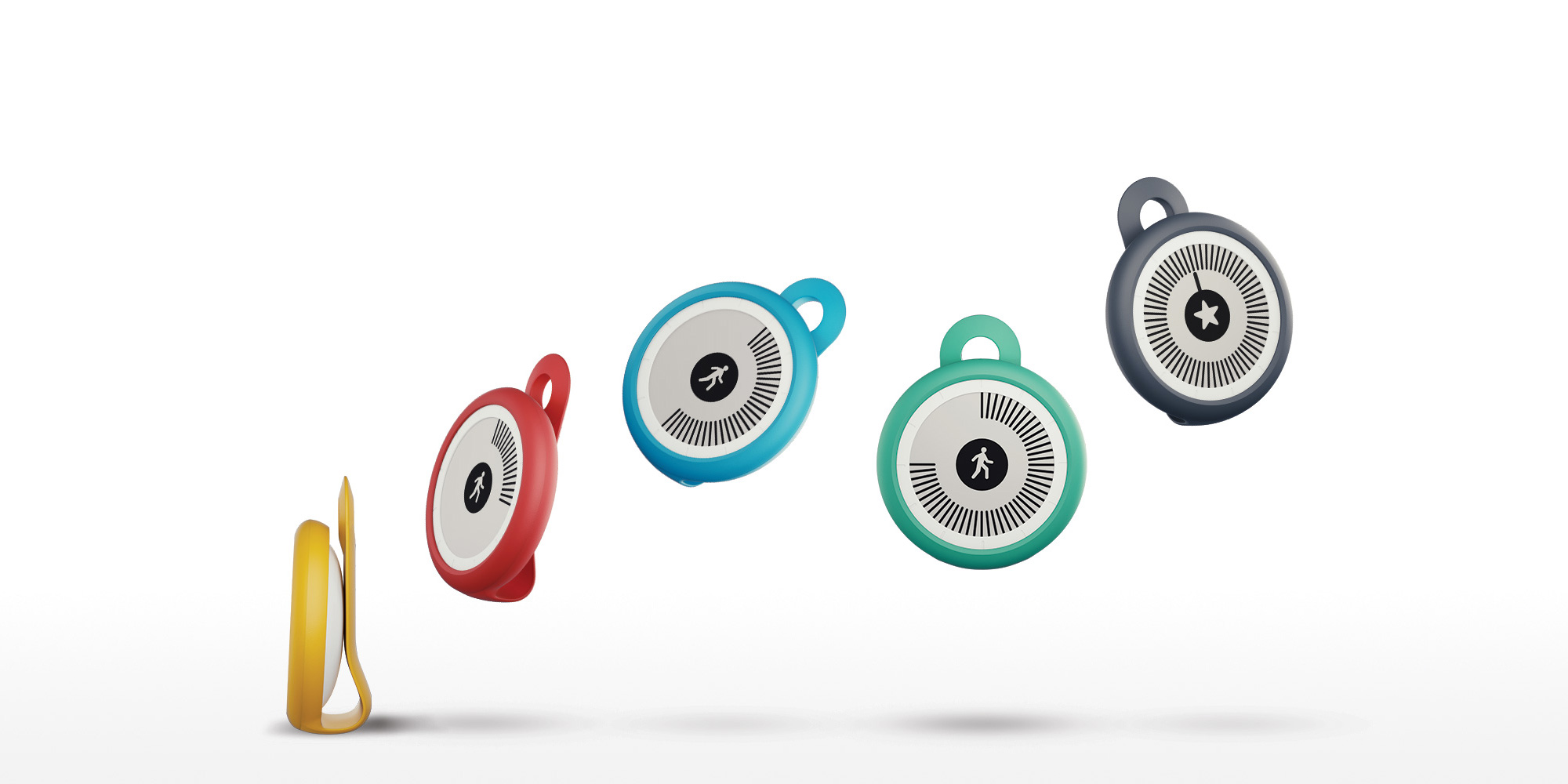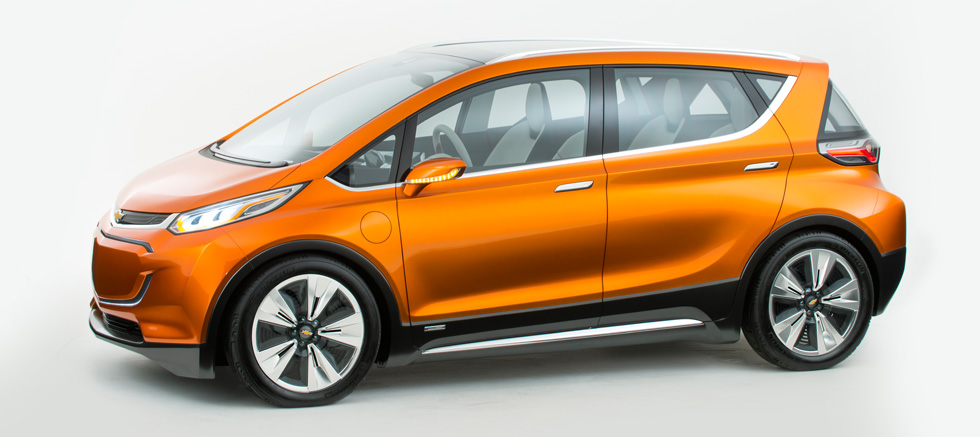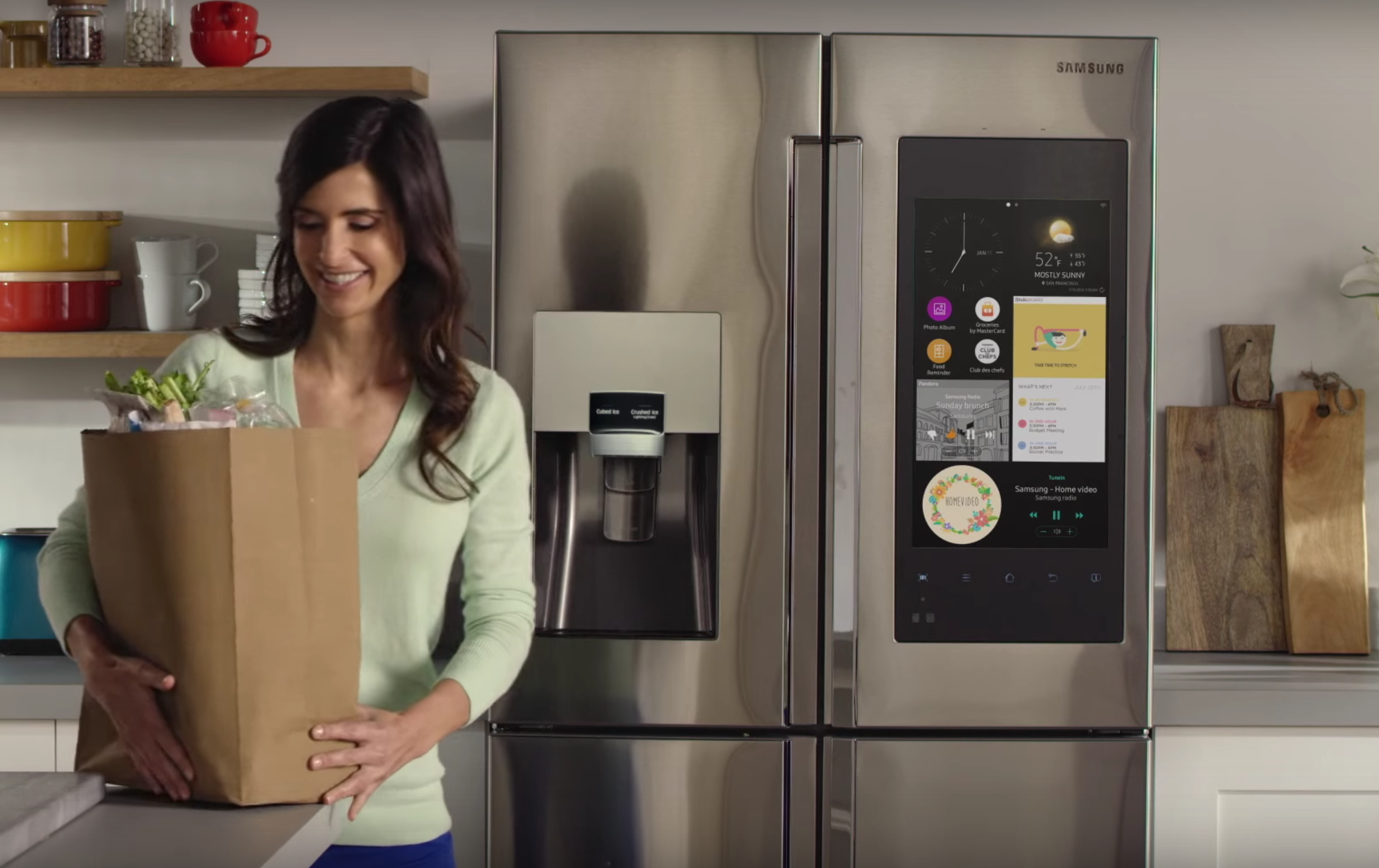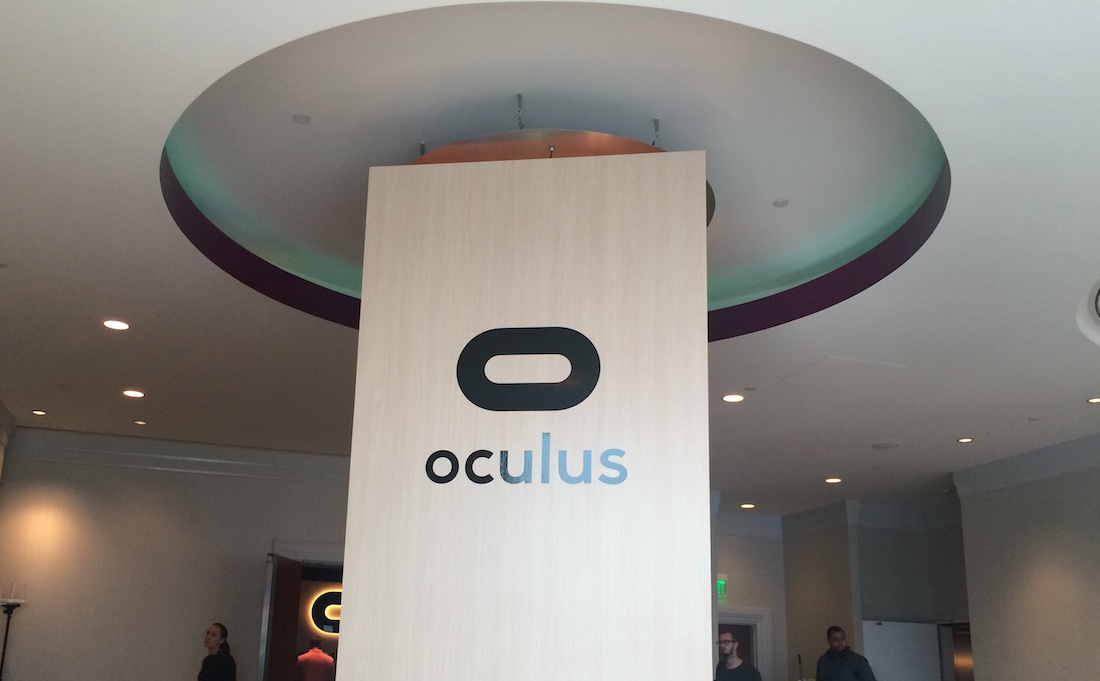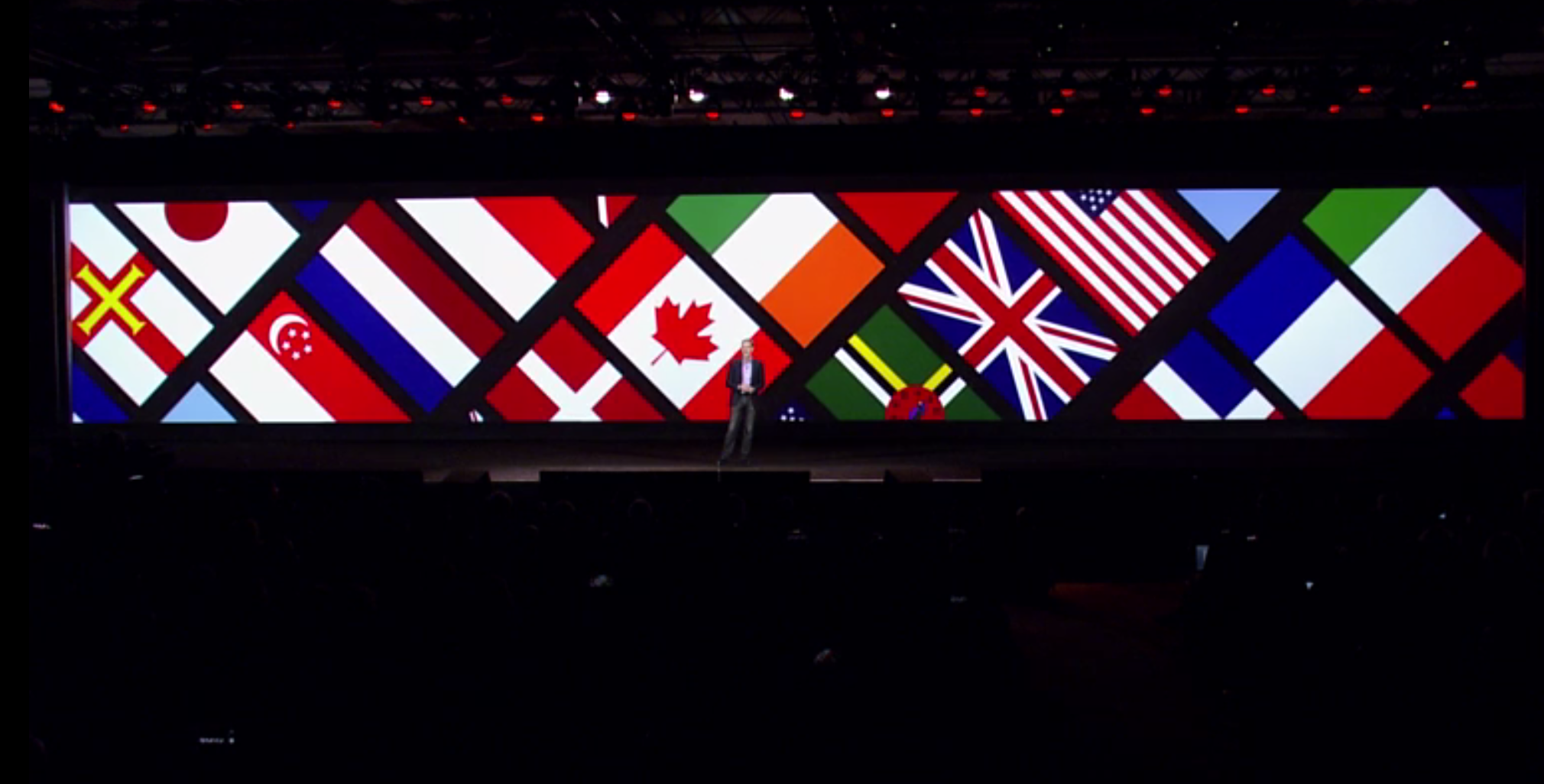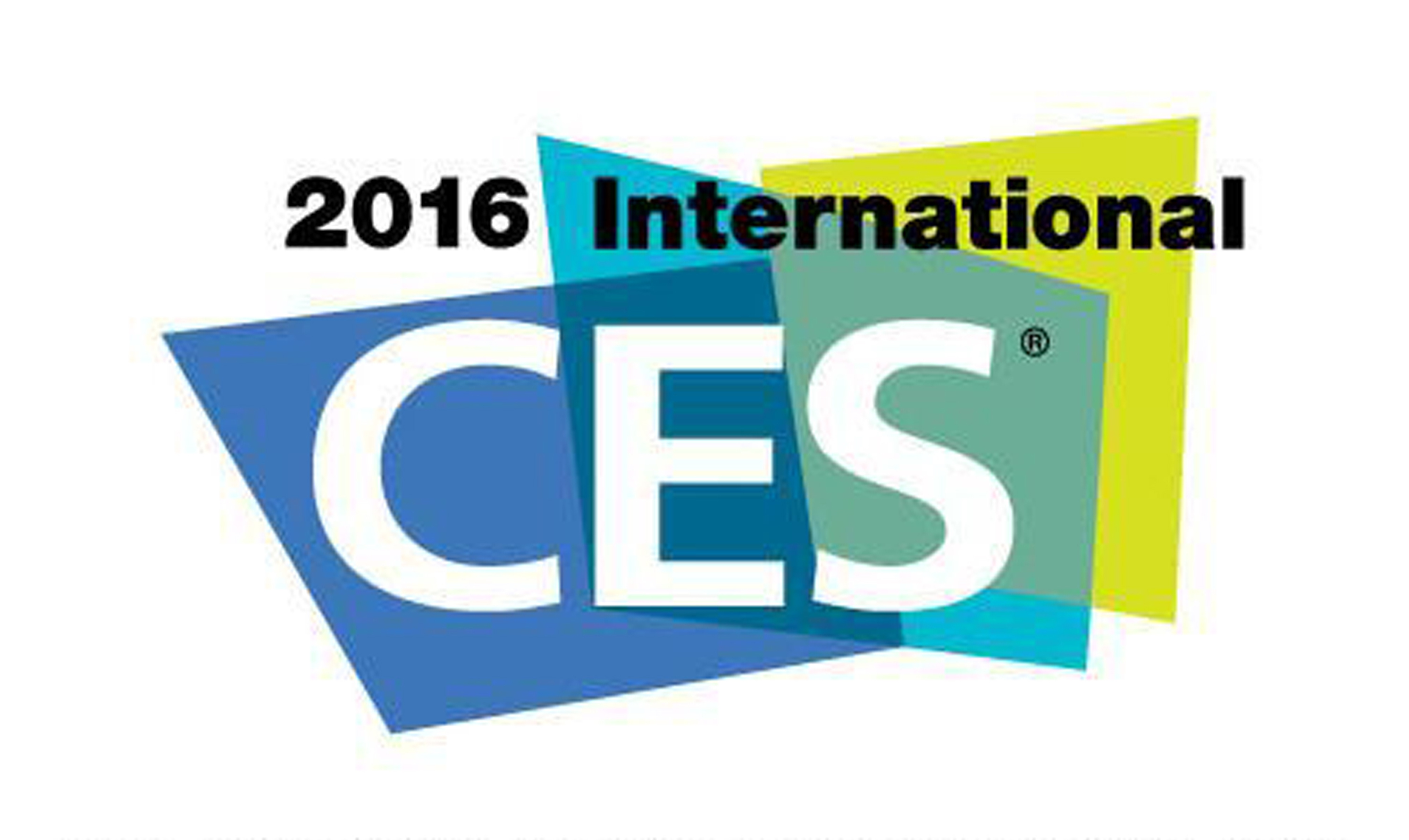This is a special edition of our Fast Forward newsletter, highlighting the major trends we are seeing so far at CES 2016. A fast read for you and a forward for your clients and team.
The 2016 International Consumer Electronics Show is set to open tomorrow in Las Vegas. The Lab team has arrived in advance and scouted the venues to bring you a sneak peek at this year’s CES.
More Gadgets Start Talking
This year at CES, we are seeing more and more devices that can talk with users with a conversational interface. Instead of forcing people to learn how to use it, new devices are as easy to use as talking to or texting with a friend. For example, Sengled unveiled a smart LED bulb that responds to voice commands. It has a built-in speaker and microphone, as well as Wi-Fi and Bluetooth connections. Intel showcased a pair of Oakley sunglasses that can give you advice as you work out via a set of attached headphones. The new pair of fitness-focused sunglasses can report your stats, coach you through your workout, and be controlled entirely by your voice.
Similarly, Ford teamed up with Amazon to use virtual assistant Alexa to connect smart home devices to your smart car. With Ford’s Sync Connect and Amazon Echo, users can ask Alexa to start their car from their living room, and drivers can talk to Alexa and control their house while inside their car. Conversational interfaces are showing some serious momentum in both applications and adoption. In the near future, devices that don’t support voice commands might seem broken in the same way that non-touch screens have started to.
Video Cameras Expand Their View To Create 360-Degree Content
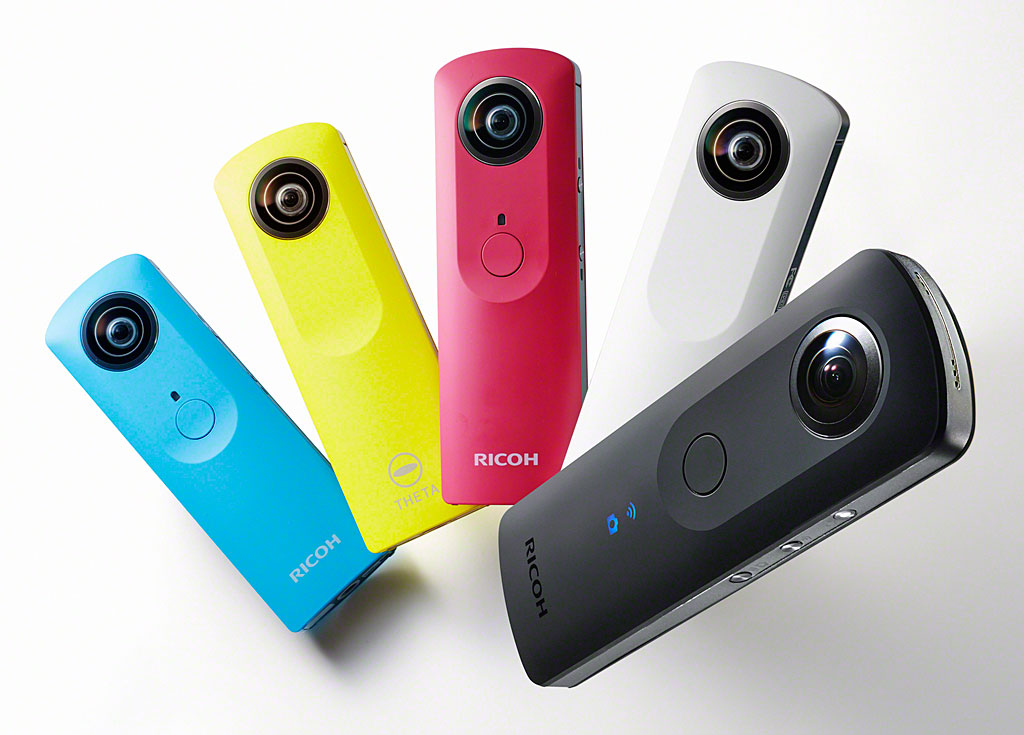
While most news surrounding the VR space in the past year has been about hardware for viewing content, a lot of news at CES this year centers on hardware for creating content, and capturing 360-degree views. These videos can be viewed in VR headsets or in new spherical video viewers on Facebook, YouTube, and elsewhere.
Whereas established camera-makers like Samsung and Nikon are joining in the trend and coming out with their own 360-degree video cameras, upstarts are still pushing the boundaries, adding 360-degree viewing experiences to new use cases like the Vuzix iWear VR headset and Vozz smart helmet. Ricoh’s Theta S 360-degree camera comes with an impressive 8 GB storage and is a consumer-grade 360-degree camera for $350. And if you don’t have hardware that will do it for you, Videostitch can help video creators assemble 360-degree videos in real time.
Cars Are Getting Cleaner And Smarter
Last year at CES, self-driving cars made their debut and took the spotlight. This year, driverless cars are getting closer to reality with major automakers such as Ford, Volkswagen, and Audi (working with Nvidia) all stating their commitment to developing autonomous cars.
But the real hype this year belongs to the electric cars. Faraday Future unveiled its first concept vehicle, the FFZERO1. It’s a sleek, single-seat, all-electric supercar that could produce as much as 1,000 horsepower. Ford announced plans to bring 13 electric vehicle models to market by 2020. Similarly, Volkswagen also introduced a couple of new electric car models in their press conference on Tuesday. GM CEO Mary Barra summed it up best when he said that the car industry is going to change more in the next 5 years than it has in the last 50. Cars are well on their way to becoming more computer than machine.
Smart Home Appliances Get Smarter
You can assume that there is a connected version of every product now. And as more and more devices and appliances get connected to the Internet, they are also getting a lot smarter. For example, Samsung introduced the Family Hub Refrigerator that comes with a 21.5-inch touchscreen built in. Working with MasterCard’s Groceries app, it will allow users to shop for groceries right on its door. Similarly, Whirlpool added Amazon Dash service into the smart appliances in its new Smart Kitchen Suite to enable simple re-ordering of household supplies.
Soon, those smart home devices may help develop smart cities. Panasonic has started working with the city of Denver to develop its first smart city project. Using Panasonic’s Internet-connected cameras and other technologies, Denver’s citizens will be able to access real-time information about utilities and mass transit.
The bad news is that not all connected devices work together. Some of the most heated competition is over which IoT smart home standard will rule them all, with entrants ranging from the major smartphone players to plucky startups. Until there is a clear winner or two, early adopters will face confusing choices and frustrating connections.
TVs Dazzle With Ultra HD Displays And New Interfaces
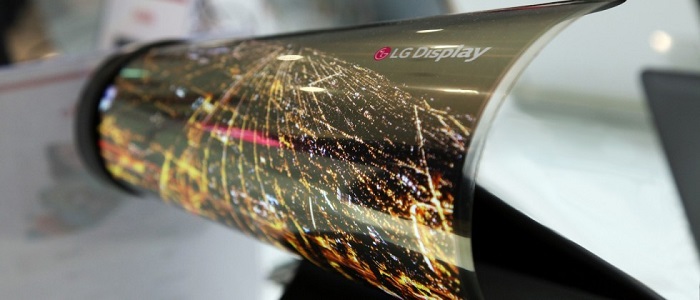
Every year at CES, the TV manufacturers pretty much have the same narrative – TVs are getting bigger, thinner, and better picture quality. This year is no different. One of the main stories this year is increased contrast and more colors based on technology called High Dynamic Range or HDR. Sony introduced three new TVs with crisp 4K HDR and ultra-thin bezels. Similarly, LG is set to debut a giant 98-inch 8K display and a new OLED 4K TV with HDR. LG is also showcasing a prototype of a flexible 18-inch display you can roll up like a newspaper. However, the very limited supply of 4K content to date is no doubt hurting the mainstream adoption of those ultra HD TV sets.
Perhaps more importantly, we are also seeing TVs get new interfaces to reflect changing viewing behaviors. Instead of focusing only on live TV’s rigid programming grid, we are seeing some new TVs integrate OTT content services with live TV, such as Samsung’s new SUHD Smart TV and TCL’s first-ever Roku 4K TV. Samsung’s new interface will make switching inputs as simple as switching channels and allow searching for content across live TV, Netflix, and soon YouTube.
Game of Drones
As with last year, drones are everywhere at CES. Some are getting bigger and steadier. Others are getting smaller. Most are gaining autonomous features. This year, the competition among dozens of drone-makers are pushing the UAVs into new heights. Among them, the fixed-wing Parrot Disco, which can fly at 50 MPH and whose shape resembles a paper airplane, and Fleye, which operates in a protected nest design for added safety, are the two early favorites.
What You Can Do
If you happen to be in Vegas now, make sure to check out some of the exhibitors we mentioned above. And stay tuned for more CES coverage.
Please contact Client Services Director Samantha Barrett ([email protected]) at the IPG Media Lab if you would like more detail or to schedule a visit to the Lab.
